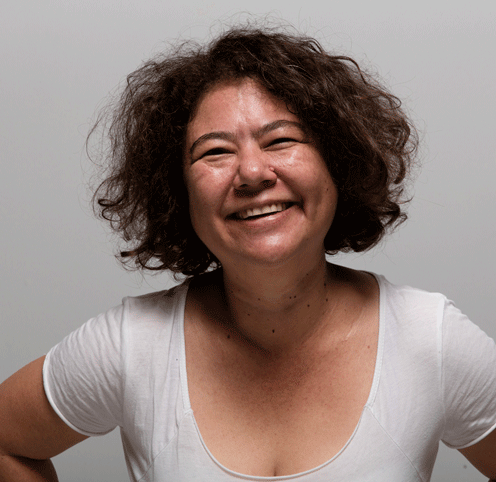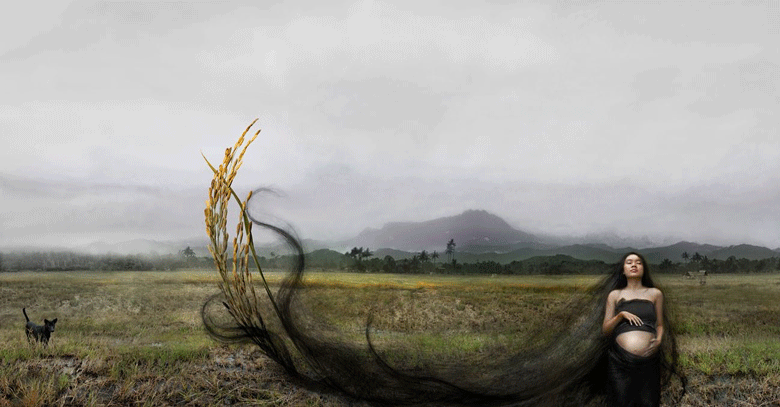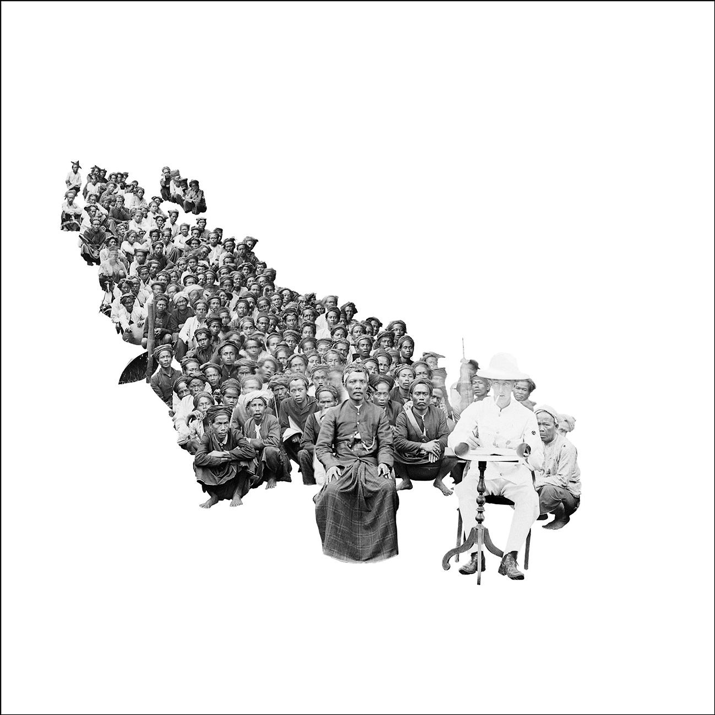Territorial disputes put citizens in an unfamiliar and worrisome position. It causes uncertainty and anxiety among residents, with political and economic repercussions for both parties.
Sabah-born, Yee I-Lann captures the complexity of geopolitical struggles through her exhibits and correlates her work with the United Nations Sustainable Development Goals on Reduced Inequality and Decent Work and Economic Growth.

Yee’s works are reminiscent of Southeast Asia’s colonial history as well as present-day neocolonialism, providing political commentaries and critically analyzing the images of the past. Yee had first-hand experience with territorial disputes. Sabah, where she was born and spent her childhood, is in between two territorial claims by the Philippines and Malaysia. If you are interested in learning more about the geopolitical conflict in Sabah, The Asean Post has articulated the claims of both sides in an article.
Yee graduated from the University of South Australia in Adelaide and is now based in Malaysia. Her renditions and interpretations of her cultural upbringing generate a newfound connection to the communities in Sabah.

Huminodun is part of the three-part installation called Kinabalu Series wherein she manipulated the pictures by adding surreal elements to her photographs. Huminodun, a ritual name of a legendary communal figure, plays a vital role in the cultivation of the community.
This image radiates great visual importance to Yee. A pregnant woman with long flowing hair together with the padi tells the Kadazandusun creation story. Meanwhile, Mount Kinabalu, the tallest mountain in Borneo, as well as a landmark of great significance to the community, is found behind the woman.
According to Crombie, Huminodun encapsulates “the erosion of spirituality in a Kadazandusun woman as she struggles with her shifting relationship to the environment and land.”
The picture permeates the narrative of how humans are intertwined with nature and the cyclical relationship of life. In addition, it captures the cultural signifiers of the community and heightens its visibility.

Sulu Stories documents the day-to-day living of the inhabitants of Sulu, a province found at the most southern part of the Philippines, making it relatively close to Sabah, Yee’s hometown. Unlike the rest of the Philippines, which is largely Catholic, Sulu remains an Islamic island with its own unique practices and culture.
In creating these images, Yee heavily researched Sulu and its culture, which comes across in her work. The exhibition featured the locals in their traditional outfit, their livelihood and their island. Additionally, Yee offers a political commentary on colonialism and the struggle of indigenous people to maintain their autonomy.

Picturing Power is an exhibition that analyzes the state of post-colonial Southeast Asian countries, examining the ways colonialism affected them. It touches on the subjugation of natives, the uprooting of the local tradition, manifest destiny, and the assimilation of colonizers.
One of the most striking images is called Picturing Power #3. “Wherein one nods with political sympathy and says I understand you better than you understand yourself, I’m just here to help you help yourself.” The photo represents the relationship between the colonizers and the colonized, wherein the natives are always placed behind the colonizer.
The title alludes to the colonizer’s urge to fulfill their manifest destiny and the white man's perceived obligation to educate the people he considers lesser than him. The colonizer sees themself as simply offering their help to make sure that the natives achieve the Western standards that they created.
Siti Fariza Md Nor and Sarena Abdullah dissect the intricacies of the exhibition in their paper, writing:
“To justify the colonisation of people, images need to be created so that the subjugation makes sense. These images become the identity of the colonised.”
By viewing colonial images in a different light, the presupposed meaning is deconstructed and reclaimed by the natives. In this way, Yee allows the audience to analyze these photos in a way that criticizes - not upholds - colonization.
For more information about Yee’s work, click here.
